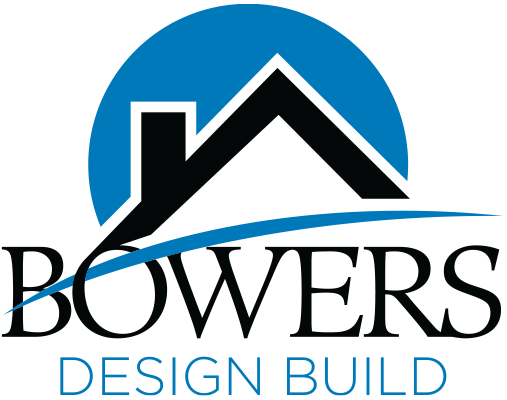Why What You See When You Walk Through the Door Matters More Than You Think
In high-quality residential architecture, the most impactful moments aren’t always the grand ones—they’re the quiet, intentional ones. That’s where the power of sightlines comes in.
A sightline is the uninterrupted visual path between two points. In home design, it’s what you see when you enter a room, look down a hallway, or glance across a space. These visual connections influence everything from how spacious your home feels to how well it flows. Whether you’re remodeling a single floor or designing a custom home from the ground up, strategic sightlines are a cornerstone of thoughtful, timeless design.
1. Creating Connection and Flow
At Bowers Design Build, we often begin a project by asking: “What do you want to see the moment you walk in?” A direct line of sight to a beautifully lit living space, an architectural staircase, or a backyard garden can instantly create a sense of calm, connection, and intentionality.
Smart sightlines make open-concept homes feel seamless—not cavernous. In more traditional layouts, they offer strategic moments of reveal. When aligned with purpose, sightlines guide the eye, create natural movement, and connect indoor and outdoor spaces in elegant ways.
2. Highlighting Focal Points
A fireplace, statement light fixture, piece of artwork, or large window can serve as an anchor for the eye. But it’s not just about what you see—it’s about how you get there. Strong sightlines set up visual hierarchies, helping you and your guests intuitively understand a space.
We design with these questions in mind:
-
Will a new kitchen island be the first thing you see from the foyer?
-
Can a bathroom door be moved or masked to avoid an unfortunate view?
-
Is there a clear visual to the backyard from the front door?
By intentionally aligning architecture and interior elements, we ensure every view in your home tells a story.
3. Enhancing Natural Light
Good sightlines aren’t just about aesthetics—they’re also a practical design tool. When windows and doorways are aligned throughout your home, natural light can travel more freely, brightening interior rooms and reducing the need for artificial lighting during the day.
This is especially impactful in Northern Virginia neighborhoods like McLean, Falls Church, Arlington, and Alexandria, where older homes often have segmented floor plans. In these renovations, opening up walls to create longer sightlines almost always leads to brighter, more welcoming interiors.
4. Maximizing Square Footage
Even modest-sized homes can feel expansive when designed with sightlines in mind. Long axial views create the illusion of depth, and clear lines from one space to another increase perceived space without changing the actual footprint.
In many of our whole-home renovations and first floor remodels, sightline design allows us to reimagine how each room relates to the next—creating intuitive movement and a sense of breathing room, even in older layouts.
5. Framing the Views That Matter
Sightlines can do more than create connection—they can frame the things that make your home feel uniquely yours. That might be a wall of family photos, a stunning staircase, or the changing colors of your backyard trees.
When we design with sightlines, we’re thinking like cinematographers—framing each moment so that your home feels like a personal masterpiece. In the design-build process, we take these details seriously and walk through your space with you to ensure the views from every vantage point are both intentional and inspiring.
Ready to Rethink Your Home’s Layout?
Whether you’re building a custom home or updating a classic Colonial, sightlines matter. At Bowers Design Build, we specialize in creating beautiful, livable spaces with purpose. If you’re considering a renovation in Northern Virginia—from Great Falls to Vienna to Arlington—we’d love to help you reimagine your home with an eye toward elegance, comfort, and visual harmony.
Contact us today to schedule a consultation and start the conversation.



